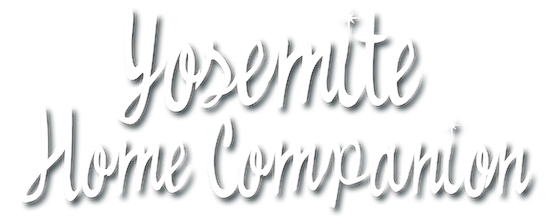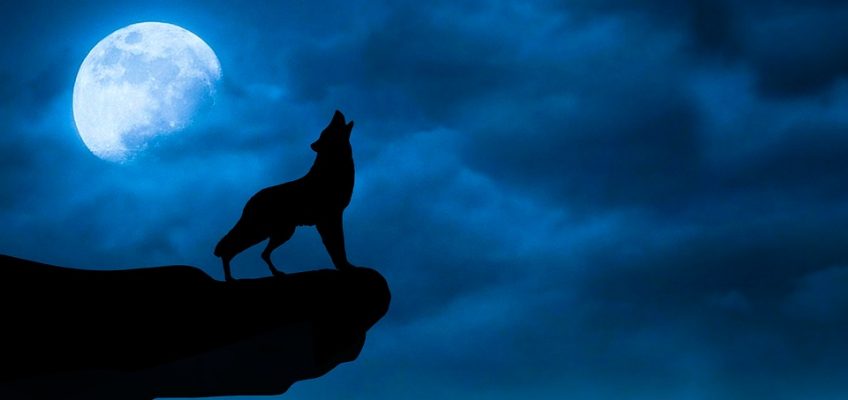NORTHERN HEMISPHERE — A full moon unites us under one light, and its abundance will shine brightly this week in the foothills and beyond, as the Harvest Moon beams down on grateful faces.
Known in tradition as the Harvest Moon as well Fruit Moon, Barley Moon, Corn Moon, Mid-Autumn Festival Moon, Chuseok Moon, Modhu Purnima and Binara Pura Pasalosvaka Poya, the September glow is as welcome as the change in mountain weather toward a milder season with already markedly cooler nights.
The Moon will be precisely full early on Sept. 13, at 9:33 p.m. PST. Luna will appear full for about three days centered around this time, from Thursday night Sept. 12 through Sunday morning, Sept 15. Locals’ tip: on Friday, there’s a Discover Yosemite full moon tour departing Oakhurst and Fish Camp for Yosemite National Park.
Also in Yosemite, check out the Night Prowl every evening from 9 – 10 p.m. in September — knowing that a full moon night is especially perfect for a guided walk with a naturalist. Tickets and information are available at the Half Dome Village, Village Store, or Yosemite Valley Lodge Tour & Activity Desks.
If you’re easily spooked or even superstitious — forget this next part. This full moon falls on Friday the 13th, for at least a portion of the world — ours. The last time this coincidence occurred was in the year 2000. The next time? 2049. If this is a little too creepy for you, here’s a wee consolation: this full mini-moon is our smallest of the year.
As the full Moon closest to the autumnal equinox (the end of summer and start of fall), this is the Harvest Moon. During the harvest season farmers sometimes need to work late into the night by the light of the Moon. Usually the full Moon rises an average of 50 minutes later each night, but for the few nights around the Harvest Moon, the Moon seems to rise at nearly the same time: just 25 to 30 minutes later across the northern U.S., and only 10 to 20 minutes later for much of Canada and Europe. The Harvest Moon is an old European name for this full Moon; the Oxford English Dictionary cites the year 1706 for the first published use of the name. Since the Harvest Moon is not always in September, other European names for the full Moon in September are the Fruit Moon, as a number of fruits ripen as the end of Summer approaches, or the Barley Moon, from the harvesting and threshing of the barley.
In the 1930’s the Maine Farmer’s Almanac first published full Moon names based on names used by the Algonquin tribes of what is now the northern and eastern United States. According to this almanac the full Moon in September or the last full Moon of summer is the Corn Moon, as this was the time for gathering their main staple crops of corn, pumpkins, squash, beans, and wild rice.
In China, Vietnam, and some other Asian countries, this full Moon corresponds with the Mid-Autumn Festival, a traditional harvest festival. In China, other names for this festival include the Moon Festival, the Mooncake Festival, and the Reunion Festival (traditionally women in China would visit their parents, then return to celebrate with their husbands and their parents). Part of the festival includes offerings to the Moon Goddess Chang’e (the name the China National Space Agency gives their lunar missions). In Korea, this full Moon corresponds with the harvest festival Chuseok, during which Koreans leave the cities to return to their traditional hometowns and pay respects to the spirits of their ancestors.
For some Buddhists in Bangladesh and Thailand, this full Moon is Modhu Purnima, the Honey Full Moon Festival, or the Honey-offering Festival, tied to a legend that an elephant and a monkey fed the Buddha when he was in the forest to bring peace between two factions, with the elephant offering fruit and the monkey offering a honeycomb. In Sri Lanka, this full Moon is the Binara Pura Pasalosvaka Poya Day, commemorating the establishment of the Buddhist Bikkhuni Order.
How to Photograph the Moon — from NASA’s Bill Dunford
Happy howling!


